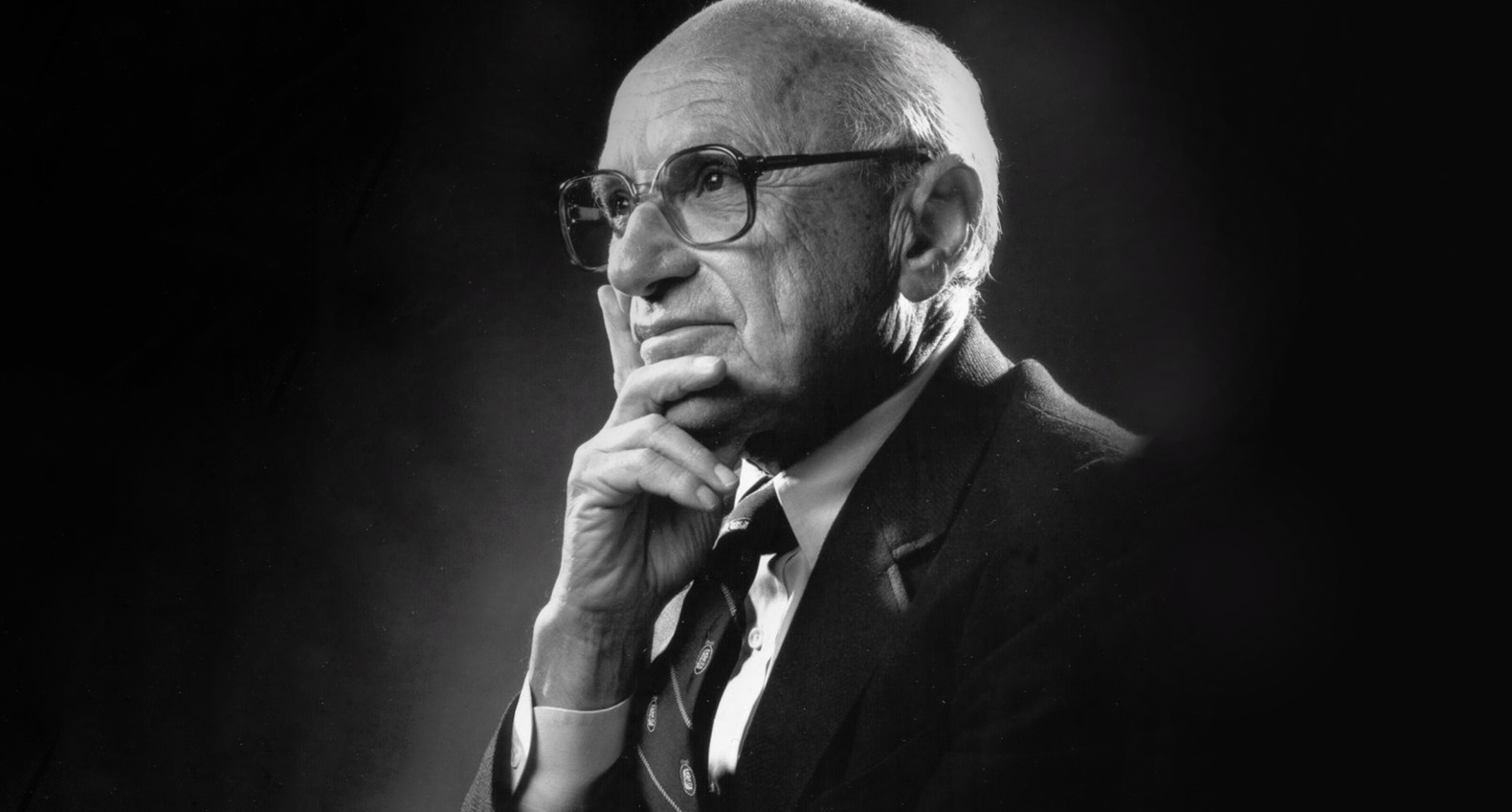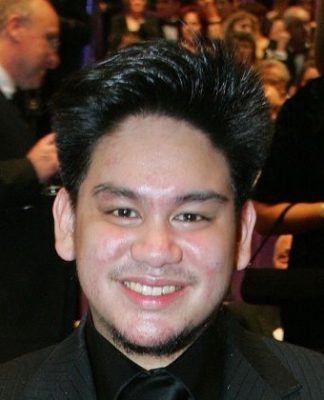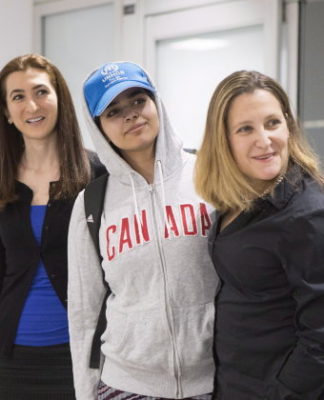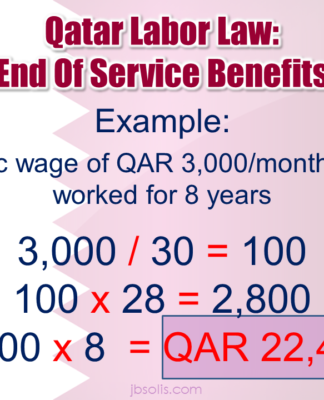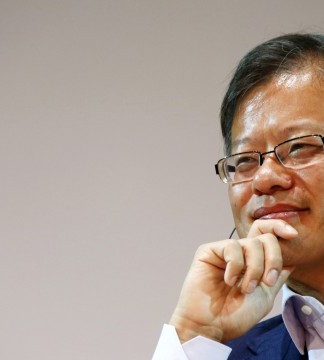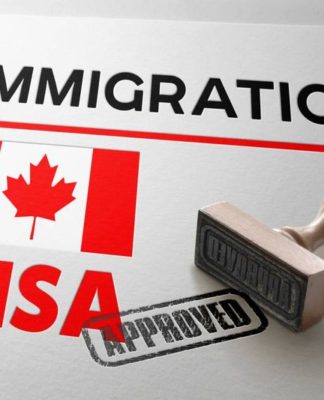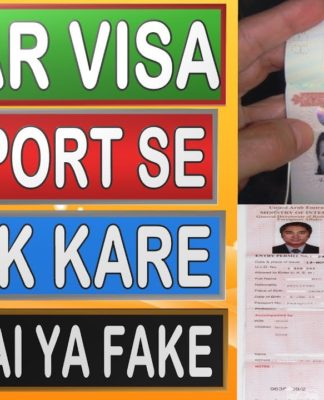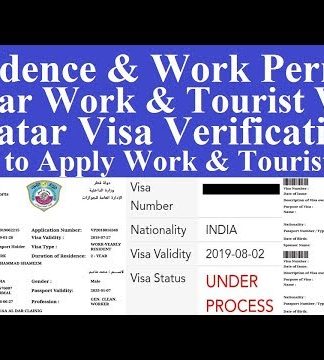Early life
Friedman was born in Brooklyn, New York on July 31, 1912, to recent Jewish immigrants Sára Ethel (née Landau) and Jenő Saul Friedman, from Beregszász in Carpathian Ruthenia, Kingdom of Hungary (now Berehove in Ukraine), both of whom worked as dry goods merchants. Shortly after Milton’s birth, the family relocated to Rahway, New Jersey. In his early teens, Friedman was injured in a car accident, which scarred his upper lip. A talented student, Friedman graduated from Rahway High School in 1928, just before his 16th birthday.
In 1932 Friedman graduated from Rutgers University, where he specialized in Mathematics and Economics and initially intended to become an actuary. During his time at Rutgers, Friedman became influenced by two economics professors, Arthur F. Burns and Homer Jones, who convinced him that modern economics could help end the Great Depression.
After graduating from Rutgers, Friedman was offered two scholarships to do graduate work — one in mathematics at Brown University and the other in economics at the University of Chicago. Friedman chose the latter, thus earning a Master of Arts degree in 1933. He was strongly influenced by Jacob Viner, Frank Knight, and Henry Simons. It was at Chicago that Friedman met his future wife, economist Rose Director. During the 1933–1934 academic year he had a fellowship at Columbia University, where he studied statistics with renowned statistician and economist Harold Hotelling. He was back in Chicago for the 1934–1935 academic year, working as a research assistant for Henry Schultz, who was then working on Theory and Measurement of Demand. That year, Friedman formed what would prove to be lifelong friendships with George Stigler and W. Allen Wallis.
Academic career
Early years:
In 1940, Friedman accepted a position at the University of Wisconsin–Madison, but left because of differences with faculty regarding United States involvement in World War II. Friedman believed the United States should enter the war.[35] In 1943, Friedman joined the Division of War Research at Columbia University (headed by W. Allen Wallis and Harold Hotelling), where he spent the rest of World War II working as a mathematical statistician, focusing on problems of weapons design, military tactics, and metallurgical experiments.
In 1945, Friedman submitted Incomes from Independent Professional Practice (co-authored with Kuznets and completed during 1940) to Columbia as his doctoral dissertation. The university awarded him a PhD in 1946. Friedman spent the 1945–1946 academic year teaching at the University of Minnesota (where his friend George Stigler was employed). On February 12, 1945, his son, David D. Friedman was born.
University of Chicago:
In 1946, Friedman accepted an offer to teach economic theory at the University of Chicago (a position opened by departure of his former professor Jacob Viner to Princeton University). Friedman would work for the University of Chicago for the next 30 years. There he contributed to the establishment of an intellectual community that produced a number of Nobel Prize winners, known collectively as the Chicago school of economics.
At that time, Arthur F. Burns, who was then the head of the National Bureau of Economic Research, asked Friedman to rejoin the Bureau’s staff. He accepted the invitation, and assumed responsibility for the Bureau’s inquiry into the role of money in the business cycle. As a result, he initiated the “Workshop in Money and Banking” (the “Chicago Workshop”), which promoted a revival of monetary studies. During the latter half of the 1940s, Friedman began a collaboration with Anna Schwartz, an economic historian at the Bureau, that would ultimately result in the 1963 publication of a book co-authored by Friedman and Schwartz, A Monetary History of the United States, 1867–1960.
Friedman spent the 1954–1955 academic year as a Fulbright Visiting Fellow at Gonville and Caius College, Cambridge. At the time, the Cambridge economics faculty was divided into a Keynesian majority (including Joan Robinson and Richard Kahn) and an anti-Keynesian minority (headed by Dennis Robertson). Friedman speculated that he was invited to the fellowship, because his views were unacceptable to both of the Cambridge factions. Later his weekly columns for Newsweek magazine (1966–84) were well read and increasingly influential among political and business people. From 1968 to 1978, he and Paul Samuelson participated in the Economics Cassette Series, a biweekly subscription series where the economist would discuss the days’ issues for about a half-hour at a time.
Friedman was an economic adviser to Republican presidential candidate Barry Goldwater during 1964.
Nobel Prize in Economic Sciences:
Friedman won the Nobel Memorial Prize in Economic Sciences, the sole recipient for 1976, “for his achievements in the fields of consumption analysis, monetary history and theory and for his demonstration of the complexity of stabilization policy.”
Public service
Friedman was initially unable to find academic employment, so in 1935 he followed his friend W. Allen Wallis to Washington, where Franklin D. Roosevelt’s New Deal was “a lifesaver” for many young economists. At this stage, Friedman said that he and his wife “regarded the job-creation programs such as the WPA, CCC, and PWA appropriate responses to the critical situation,” but not “the price- and wage-fixing measures of the National Recovery Administration and the Agricultural Adjustment Administration.” Foreshadowing his later ideas, he believed price controls interfered with an essential signaling mechanism to help resources be used where they were most valued. Indeed, Friedman later concluded that all government intervention associated with the New Deal was “the wrong cure for the wrong disease,” arguing that the money supply should simply have been expanded, instead of contracted.
In the publication, A Monetary History of the United States, 1867–1960 by Friedman and Anna J. Schwartz, they argue that the Great Depression was caused by monetary contraction, which was the consequence of poor policymaking by the Federal Reserve System and the continuous crises of the banking system.
During 1935, he began work for the National Resources Committee, which was then working on a large consumer budget survey. Ideas from this project later became a part of his Theory of the Consumption Function. Friedman began employment with the National Bureau of Economic Research during autumn 1937 to assist Simon Kuznets in his work on professional income. This work resulted in their jointly authored publication Incomes from Independent Professional Practice, which introduced the concepts of permanent and transitory income, a major component of the Permanent Income Hypothesis that Friedman worked out in greater detail in the 1950s. The book hypothesizes that professional licensing artificially restricts the supply of services and raises prices.
During 1940, Friedman was appointed an assistant professor teaching Economics at the University of Wisconsin–Madison, but encountered antisemitism in the Economics department and decided to return to government service. From 1941 to 1943 Friedman worked on wartime tax policy for the Federal Government, as an advisor to senior officials of the United States Department of the Treasury. As a Treasury spokesman during 1942 he advocated a Keynesian policy of taxation. He helped to invent the payroll withholding tax system, since the federal government badly needed money in order to fight the war. He later said, “I have no apologies for it, but I really wish we hadn’t found it necessary and I wish there were some way of abolishing withholding now.”
Retirement
In 1977, at the age of 65, Friedman retired from the University of Chicago after teaching there for 30 years. He and his wife moved to San Francisco where he became a visiting scholar at the Federal Reserve Bank of San Francisco. From 1977 on, he was affiliated with the Hoover Institution at Stanford University. During the same year, Friedman was approached by the Free To Choose Network and asked to create a television program presenting his economic and social philosophy.
The Friedmans worked on this project for the next three years, and during 1980, the ten-part series, titled Free to Choose, was broadcast by the Public Broadcasting Service (PBS). The companion book to the series (co-authored by Milton and his wife, Rose Friedman), also titled Free To Choose, was the bestselling nonfiction book of 1980 and has since been translated into 14 foreign languages.
Friedman served as an unofficial adviser to Ronald Reagan during his 1980 presidential campaign, and then served on the President’s Economic Policy Advisory Board for the rest of the Reagan Administration. Ebenstein says Friedman was “the ‘guru’ of the Reagan administration.” In 1988 he received the National Medal of Science and Reagan honored him with the Presidential Medal of Freedom. Milton Friedman is known now as one of the most influential economists of the 20th century. Throughout the 1980s and 1990s, Friedman continued to write editorials and appear on television. He made several visits to Eastern Europe and to China, where he also advised governments. He was also for many years a Trustee of the Philadelphia Society.
Summary
Milton Friedman (July 31, 1912 – November 16, 2006) was an American economist, statistician and writer who taught at the University of Chicago for more than three decades. He received the 1976 Nobel Memorial Prize in Economic Sciences for his research on consumption analysis, monetary history and theory and the complexity of stabilization policy.
Friedman’s challenges to what he later called “naive Keynesian” (as opposed to Neo-Keynesian) theory began with his 1950s reinterpretation of the consumption function, and he became the main advocate opposing Keynesian government policies. In the late 1960s, he described his own approach (along with all of mainstream economics) as using “Keynesian language and apparatus” yet rejecting its “initial” conclusions.
During the 1960s, he promoted an alternative macroeconomic policy known as “monetarism”. He theorized there existed a “natural” rate of unemployment and argued that governments could only increase employment above this rate, e.g., by increasing aggregate demand, only for as long as inflation was accelerating. He argued that the Phillips curve was, in the long run, vertical at the “natural rate” and predicted what would come to be known as stagflation. Though opposed to the existence of the Federal Reserve System, Friedman argued that, given that it does exist, a steady, small expansion of the money supply was the only wise policy.
Friedman actively participated in public debates over numerous policy issues; he was a major advisor to Republican U.S. President Ronald Reagan and Conservative British Prime Minister Margaret Thatcher. His political philosophy extolled the virtues of a free market economic system with minimal intervention. He once stated that his role in eliminating U.S. conscription was his proudest accomplishment, and his support for school choice led him to found the Friedman Foundation for Educational Choice. In his 1962 book Capitalism and Freedom, Friedman advocated policies such as a volunteer military, freely floating exchange rates, abolition of medical licenses, a negative income tax, and school vouchers.
His ideas concerning monetary policy, taxation, privatization and deregulation influenced government policies, especially during the 1980s. His monetary theory influenced the Federal Reserve’s response to the global financial crisis of 2007–08. Edward Nelson, the assistant director of the board of governors of the Federal Reserve System, argues, “in important respects, the overall monetary and financial policy response to the crisis can be viewed as Friedman’s monetary economics in practice.”
Friedman was among the strongest proponents of positivism in the social sciences. In the field of statistics, Friedman developed the sequential sampling method of analysis. He was also a mentor of and collaborator with Leonard Jimmie Savage, laying the foundations of Bayesian statistics and decision theory. With George Stigler and others, Friedman was among the intellectual leaders of the second generation of Chicago price theory, a distinctive intellectual and methodological movement at the University of Chicago’s Department of Economics, Law School, and Graduate School of Business from the 1940s onward. A large number of students and young professors that were recruited or mentored by Friedman during this period went on to become leading economists; they include Gary Becker, Robert Fogel, Ronald Coase, and Robert Lucas, Jr..
Milton Friedman’s own works include many monographs, books, scholarly articles, papers, magazine columns, television programs, videos, and lectures, and cover a broad range of topics of microeconomics, macroeconomics, economic history, and public policy issues. His books and essays were widely read, and have had an international influence, including in former Communist states. A survey of economists ranked Friedman as the second most popular economist of the twentieth century after John Maynard Keynes, and The Economist described him as “the most influential economist of the second half of the 20th century … possibly of all of it.”
Source: Wiki














